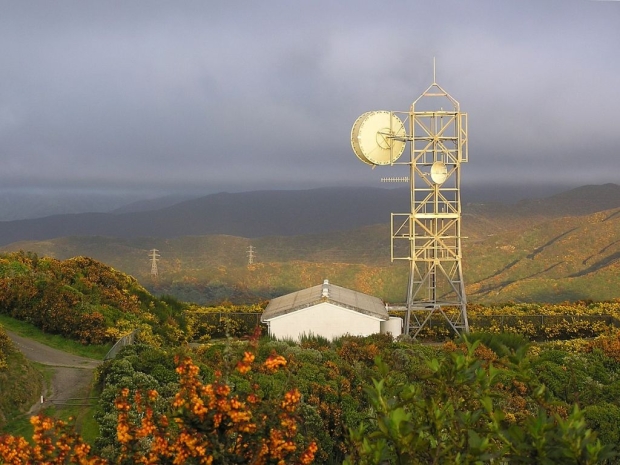Broadband infrastructure wholesaler Chorus demonstrated those speeds over their existing passive optical fiber network [PON].
The demonstration in Auckland achieved 21.4 Gbps throughput, tested simultaneously on the same strand of fibre that ran an 8 Gbps symmetric HyperFibre connection, and a 900/550 Mbps UFB link.
Chorus uses Nokia's Lightspan FX and MX access nodes for multiple types of fibre service, including standard GPON, the XGS-PON behind HyperFibre, point-to-point Ethernet, and envisages the 25 GPON service to run on it as well. It is based on the Quillion chipset line cards, which Nokia says are 50 per cent more energy efficient than earlier models.
Sadly Chorus has no wholesale 25 GPON product, with its fastest offering topping out at a disappointing 8/8 Gbps HyperFibre.
The wholesaler expects to develop 25 GPON-based services within the next two to three years, with a Nokia optical network termination unit that supports either 25/25 Gbps or 25/10 Gbps options. Kurt Rodgers, network strategy manager at Chorus, said the faster broadband service would come into its own for industrial metaverse applications, the Internet of Things, and low-latency cloud connectivity.
Chorus chief technology officer Ewen Powell said the 25 GPON service demonstrated "a future-proofed technology." Although two-wavelength 50 Gbps service is appearing as a choice for providers, with 100 GPON on the horizon, Chorus is betting that the 25 Gbps variant will offer the best cost benefit overall for providers, as it can use existing optics equipment.




